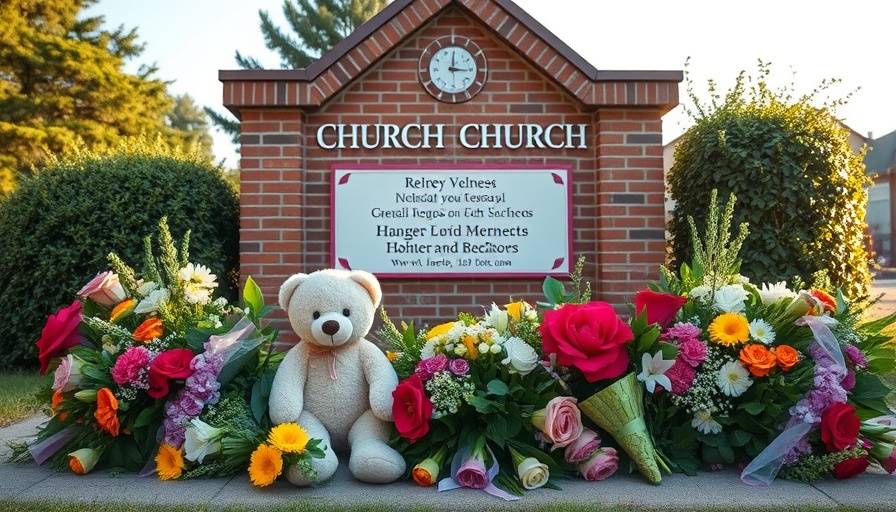
Investment That Could Reshape U.S. Manufacturing
Former President Donald Trump is poised to announce an unprecedented investment of over $100 billion from Taiwan Semiconductor Manufacturing Company (TSMC). This staggering financial commitment aims to bolster semiconductor manufacturing within the United States over the next four years. The announcement, set against the backdrop of rising domestic economic pressures, signals a significant pivot towards revitalizing the U.S. manufacturing landscape.
Contextual Overview: The Semiconductor Industry
The global semiconductor industry underpins technology across various sectors, from consumer electronics to artificial intelligence and defense systems. TSMC, the world’s leading semiconductor foundry, is critical in this supply chain. By pledging such a massive investment, TSMC seeks to capitalize on its existing U.S. presence, which has seen significant expansion in recent years, including a prior $12 billion commitment to an Arizona factory.
Political Implications: A Bipartisan Opportunity?
The announcement is not merely a business transaction; it heralds potential shifts in U.S. foreign policy and domestic job creation strategies. The investment aligns with the ongoing efforts of the Biden administration to secure supply chains and bring jobs back to the U.S., emphasizing a rare moment of intersection between differing political agendas. This could set a precedent for bipartisan support on future manufacturing initiatives, especially given the urgent domestic concerns over inflation and employment.
Future Predictions: Economic Impact of Tech Jobs
As semiconductors are essential for modern technology applications, the anticipated TSMC investment could facilitate tens of thousands of new jobs in high-skill manufacturing sectors. From engineers to assembly-line workers, the types of jobs created here can foster economic growth and provide pathways for workforce development. Furthermore, as the competition for AI superiority intensifies, establishing a domestic semiconductor manufacturing base may also bolster national security.
Counterarguments: Concerns Over Global Trade Relations
Despite the numerous benefits projected from this investment, skeptics express concerns about the ramifications on U.S.-Taiwan relations and broader global trade dynamics. Some experts warn that increasing domestic chip production might lead to retaliatory trade measures from nations affected by U.S. tariffs aimed at encouraging local manufacturing. The balance between fostering a robust U.S. market and maintaining harmonious international relations is delicate and warrants cautious navigation.
Political Context: The Role of Congress and Legislation
This substantial investment raises questions about legislative support. With Congress increasingly divided, how the funding structures will be articulated remains to be seen. Republican and Democrat legislators may need to collaborate to ensure that the financial backing for such projects is sustainably integrated within broader economic policies. The need for a cohesive economic strategy that encompasses everything from tax reform to infrastructure improvements is more critical than ever.
Public Reception: A Step Towards Recovery?
As inflation continues to worry constituents and unemployment rates fluctuate, public reception of the TSMC investment may vary. While some see it as a beacon of hope for job creation, others may question its sincerity given previous challenges in foreign investments. Surveys typically indicate that Americans overwhelmingly support policies that create jobs, especially in regions hard hit by manufacturing losses over the decades. Balancing this sentiment with substantive action will be key for political leaders.
Conclusion: A Call to Action for Stakeholders
As the landscape shifts with this landmark investment announcement, stakeholders—including policymakers, industry leaders, and workers—must engage in meaningful discussions to harness the momentum created by TSMC's commitment to U.S. manufacturing. Business leaders should advocate for supportive legislation to ensure this investment results in lasting benefits for the economy. A collaborative effort will be vital to turn potential into reality. The time is now for all involved to mobilize and envision a robust manufacturing future for America.
 Add Row
Add Row  Add
Add 




Write A Comment